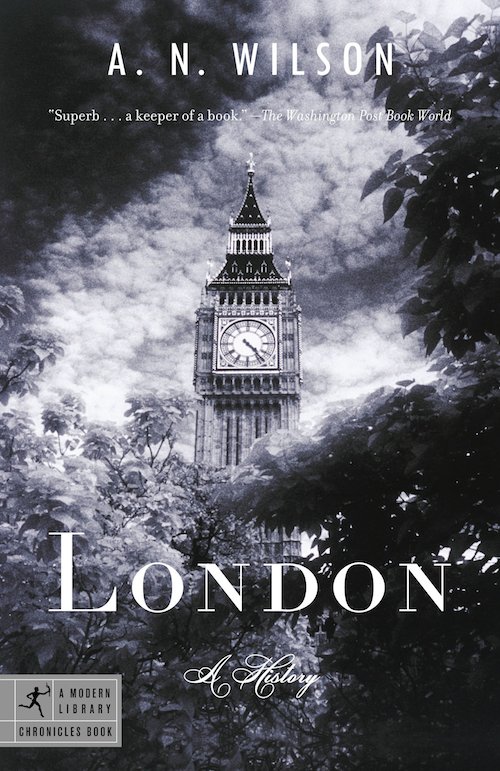
London is a world city. Los Angeles, where I used to live, is less a world city than, as I once saw a banner at the airport call it, a “city that’s a world in itself.” Seoul, where I now live, is not a world city, despite strenuous promotional efforts on the part of its officialdom to convert it into one. By none of these descriptions do I mean to deliver a judgment either positive or negative; indeed, Seoul’s not being a world city counts among the reasons I enjoy living here. But recent decades have made “world city” into a highly desirable label: so highly, in fact, that the failure to qualify for it — that is, the failure to be a large, multiethnic metropolis sustained by international commerce and immigration — is now seen in many quarters as a mark of shame.
World-city hood as understood in the twenty-first century also requires widespread use of the English language. (This has done its part to keep Seoul out of the running, as has the not-unrelated ethnic homogeneity of the population.) It’s hardly a surprise, then, that the very worldliest of cities would happen to include the capital of England. But in any sense apart from the strictly geographic, is London in England? “Some years ago, I opined that London was not really an English city anymore,” John Cleese tweeted in 2019. “Since then, virtually all my friends from abroad have confirmed my observation.” To my mind he didn’t necessarily mean this in, as they say, a bad way — especially given his well-documented professional history of ridiculing Englishness — but the tweet nonetheless sparked a predictably harsh backlash whose contributors including London mayor Sadiq Khan.
“Londoners know that our diversity is our greatest strength,” Khan responded. “We are proudly the English capital, a European city, and a global hub.” This political marketing-speak belongs very much to our age, one that mandates an increasingly great distance between the statesman and the man of letters. And so it is to a man of letters we must turn for a more serious articulation of the quality in question. “I deposit my daughter at school with her Mexican classroom assistant and her friends whose parents are, to name but seven, Italian, African American, Japanese, Chinese, Palestinian, German, and Indian,” writes A.N. Wilson of a typical day in early-twenty-first century London. There follow encounters with a Sikh upholsterer, a Malaysian barber, waiters French, Bulgarian, and Indian, and a Polish carpenter, among other citizens who form a cast it would now cause grave offense to call colorful.
Read the whole thing at Substack.